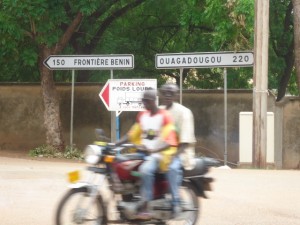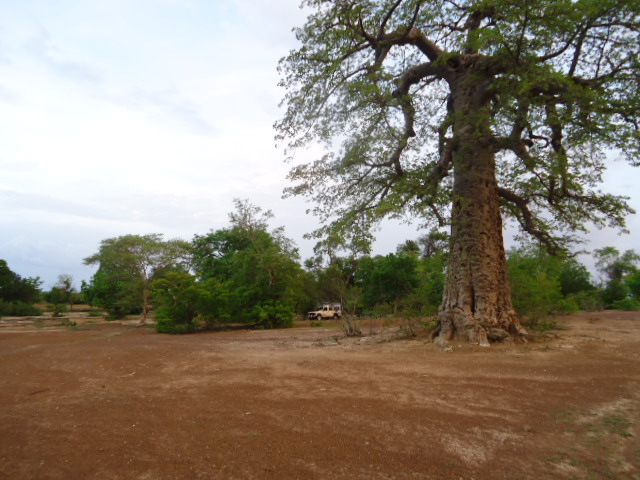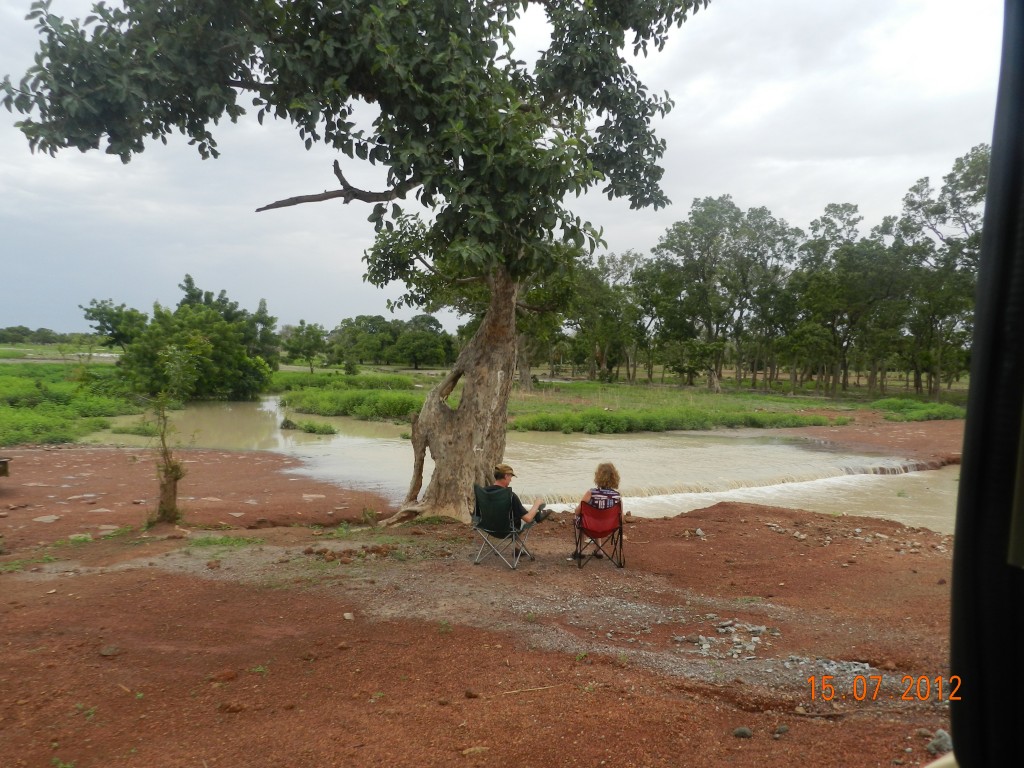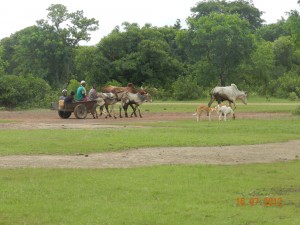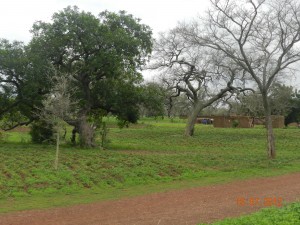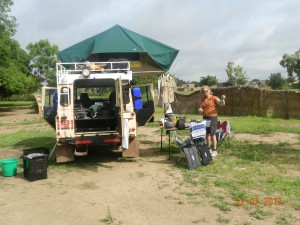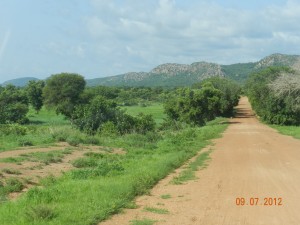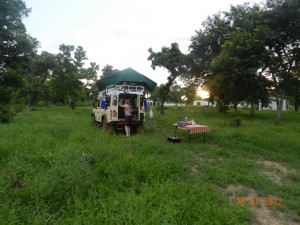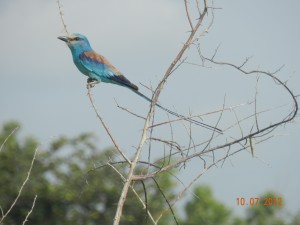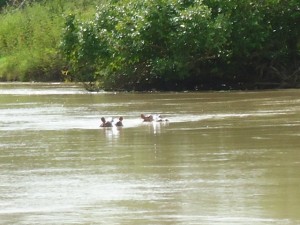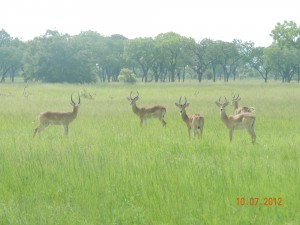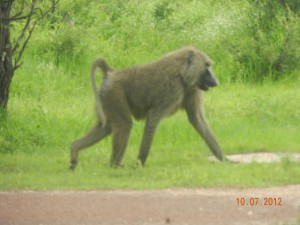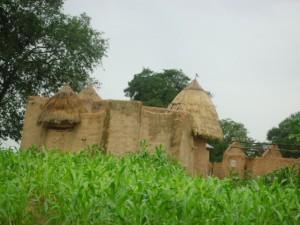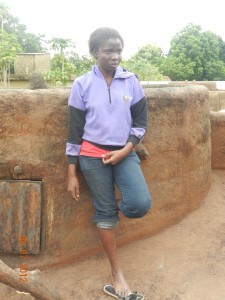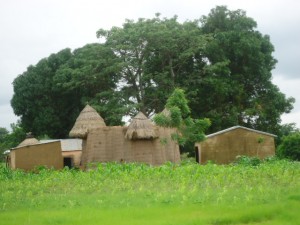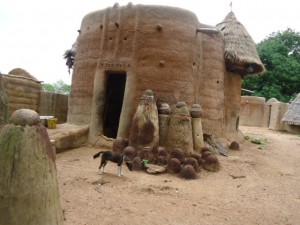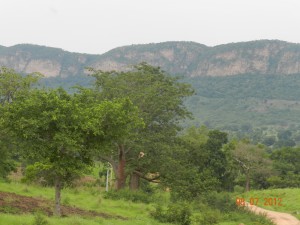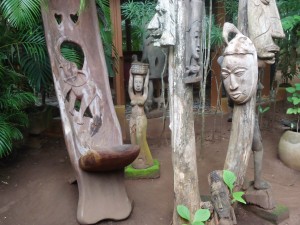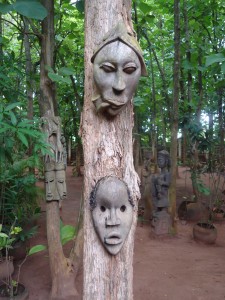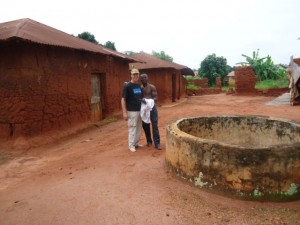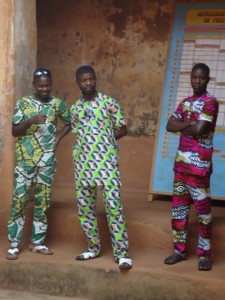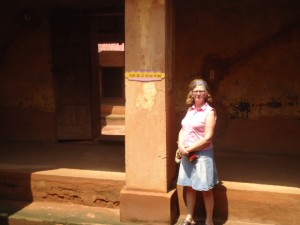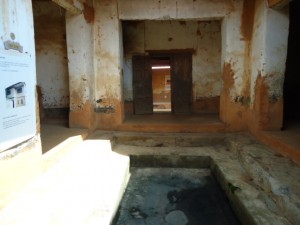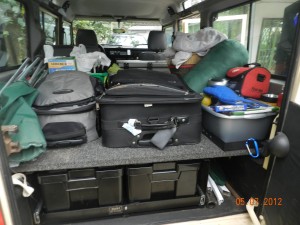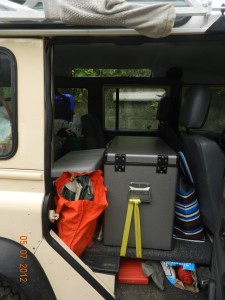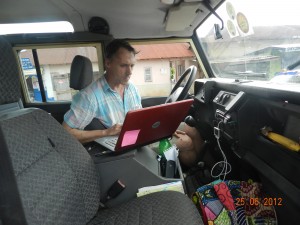At time of departure from Accra we had planned to visit four countries: Togo, Benin, Burkina Faso and Mali, or five if you include Ghana which we will travel from north to south. Upon arrival in Ouga we had to sit down and assess the feasibility of getting to Mali given the unstable political/military situation there.
There are always risks associated with visiting Mali, kidnapping by Al Queda in the Maghreb (AQIM) being one of them. We were prepared to run that risk to get at least to the Dogon country in the south central region of this very large country. However, we learned in Ouga that AQIM had indeed taken over the northern half of the country from the Tuareg rebels who seized it from the national army several months ago. Our original Mali objective was Timbuktu, but we had to give up on that months ago when the Tuareg seized the northern half of the country. No-one was able to tell us what happened to the Tuaregs now that AQIM is holding that territory, other than to say they may start to destabilize other areas of the country. We were told in Ouga that the Burkina army had set up roadblocks all over northern Burkina and that there were mined roads in Mali, and we see that the French Foreign Minister has said western military intervention may be necessary to prevent AQIM from setting up a regime similar to that of the Taliban in Afghanistan before the NATO intervention there.
We have limited time and internet access to confirm any of this and it could well be possible to duck into the Dogon country. I am very familiar with the tendency of media and diplomatic missions to exagerate the seriouness of a situation, but time is also working against us on this one. Our departure from Accra was delayed by a week to complete vehicle preparations and we only have time left now to do western Burkina or Mali, we can’t do both. So we have decided to apply the time to western Burkina. We will have to wait for another day to get to Mali.

